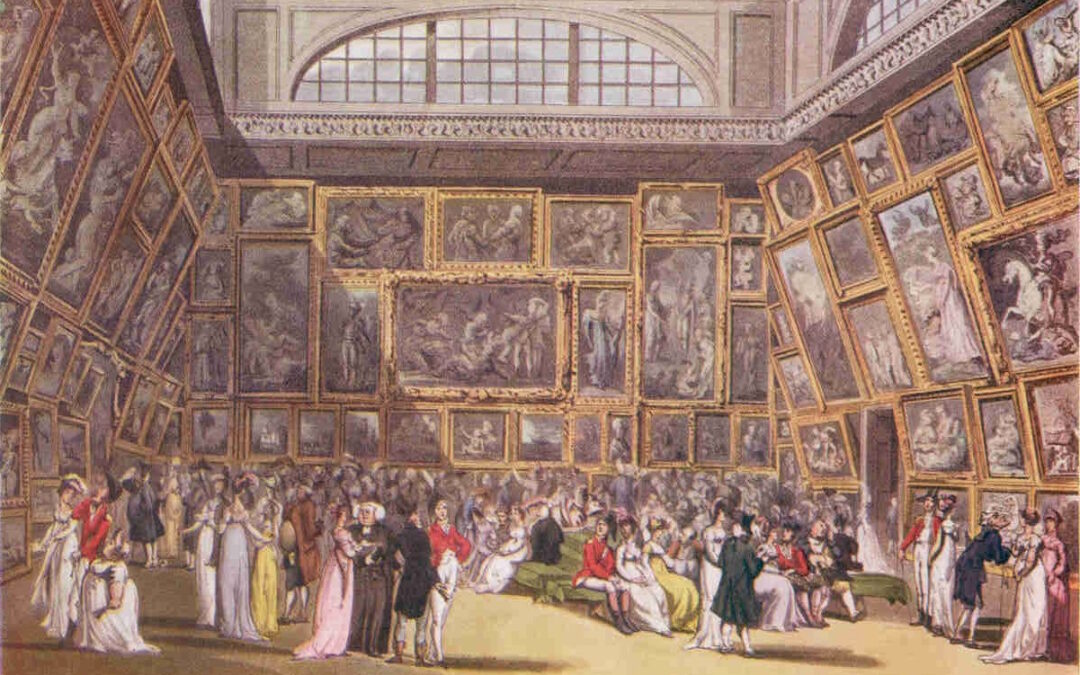In writing Pride & Prejudice variations, I have wished to expand on the characters created by Jane Austen. I feel that the book left much unsaid and in particular that the character of Georgiana Darcy could do with fleshing out and some examination of her past and upbringing and their effect on the developing teenaged girl. My novel Georgiana Darcy’s London Season attempts to achieve this to an extent.
Jane Austen’s novels gave us one view of Georgiana and Georgian/Regency life, but there are others. Some of Laura Shepherd-Robinson’s excellently researched novels, for example, illustrate a very different side of life in the Georgian era. I prefer to steer perhaps a middle course, though veering closer to the Austen ideal than straying into the much seamier world explored in Ms Shepherd-Robinson’s novels.
In Georgiana Darcy’s London Season, on arriving in London, Daniel Barton whom Georgiana first met over Easter in Easter At Netherfield soon approaches Georgiana and takes her out in his curricle to Marylebone Park. I chose Marylebone after reading in the Time Traveller’s Guide to Regency Britain that this of all the parks was peaceful and rustic with ‘just ruminating cattle’. One advantage was that the couple were far less likely to be spotted there by the fashionable set whose tongues would soon have started wagging and speculating that they were betrothed. Another was that being so rural, there might have been copses of trees to which Daniel could have taken Georgiana to shelter from the sun and lay his cloak down so that they could kiss.
I had to look at various sites to research Marylebone Park, including www.british-history.ac.uk which was very helpful and even included two pictures of the Park, one looking towards Camden Town showing the new houses in the distance dated 1796 and the other looking towards Primrose Hill dated 1794. They both clearly show the rural scene with a very few people walking/strolling and cattle grazing.
Mr Davers, a rich industrialist, to whom Caroline Bingley became engaged, considers that Georgiana, who was left an orphan at a young age with only one much older brother, must have been affected by her upbringing and that ‘the poor girl, despite her wealth and background, had in part experienced a sad childhood. Servants and paid companions could never take the place of close, loving relations.’
There is further allusion to this when ‘…Caroline could not avoid the image of several drawing rooms in which, over the years, Mr Darcy was often present with her own family, yet without Georgiana who was at those times in the charge of someone else.’
Thus I find scope for painting Georgiana as slightly rash in some respects. Not wild like Lydia, but more quietly unconventional going beyond the character which Jane Austen had portrayed. And by the time of Georgiana Darcy’s London Season, Darcy’s marriage to Elizabeth and the closeness of their small family as well as the society of Elizabeth’s own family had given Georgiana more confidence. Caroline Bingley observes that Georgiana had become noticeably more vivacious since her brother’s marriage to Elizabeth, and that her greater animation had elevated her already pleasant appearance to delightful, pretty. It remained to be seen, Caroline speculates, whether maturity would render her actually beautiful.
When Georgiana was at the Royal Academy Exhibition in Chapter 10, she expressed disappointment that none of George Romney’s paintings of Emma Hamilton were on display (the attached image from Wikipedia was useful when describing the exhibition in the book). Ten days later, she attends a masked ball at Ranelagh Gardens and wishes to dress up as Circe as dramatically portrayed in Romney’s well-known painting for which Emma Hart, as she was then known, sat for Romney. In 1799 in which the book is set, Georgiana was eighteen, therefore born in about 1781. The Circe painting was painted in 1782.
Georgiana makes her own daring costume, quite revealing with open-toed sandals with the narrowest of leather thongs. She was extremely excited at the prospect. When she asked herself what so thrilled her about a masked ball given that she had no expectation of meeting and flirting with a man of her acquaintance, she could not say. It would be dark, there would be fireworks, and merely coming into contact with men who were disguised and whose faces were hidden was bound to be at least mildly intriguing.
Since Romney’s paintings of Emma were not put on display, my problem was: how was Georgiana to have known what the image looked like? The Romney painting ‘The Spinstress’ commissioned by Sir Charles Greville (Emma was his mistress at the time) in 1784 is said on www.english-heritage.org.uk to have been engraved in 1789. A bit of digging revealed that a Thomas Cheesman, a celebrated engraver of the period, had donated the engraving to the British Museum in 1812 and that he was the engraver.
However, Georgiana wanted to go to the Masquerade as Circe, but how would she have known what the painting looked like? Further digging threw up a 2016 Guardian article which claims that ‘Romney’s portraits of Hamilton playing life’s many parts were turned into prints and became hugely popular’. Well, I must hope Circe was one of them and that it was prior to May 1799!
The attached image is of ‘Exhibition at Somerset House by Thomas Rowlandson and Augustus Pugin 1800’ from Wikipedia.


Recent Comments